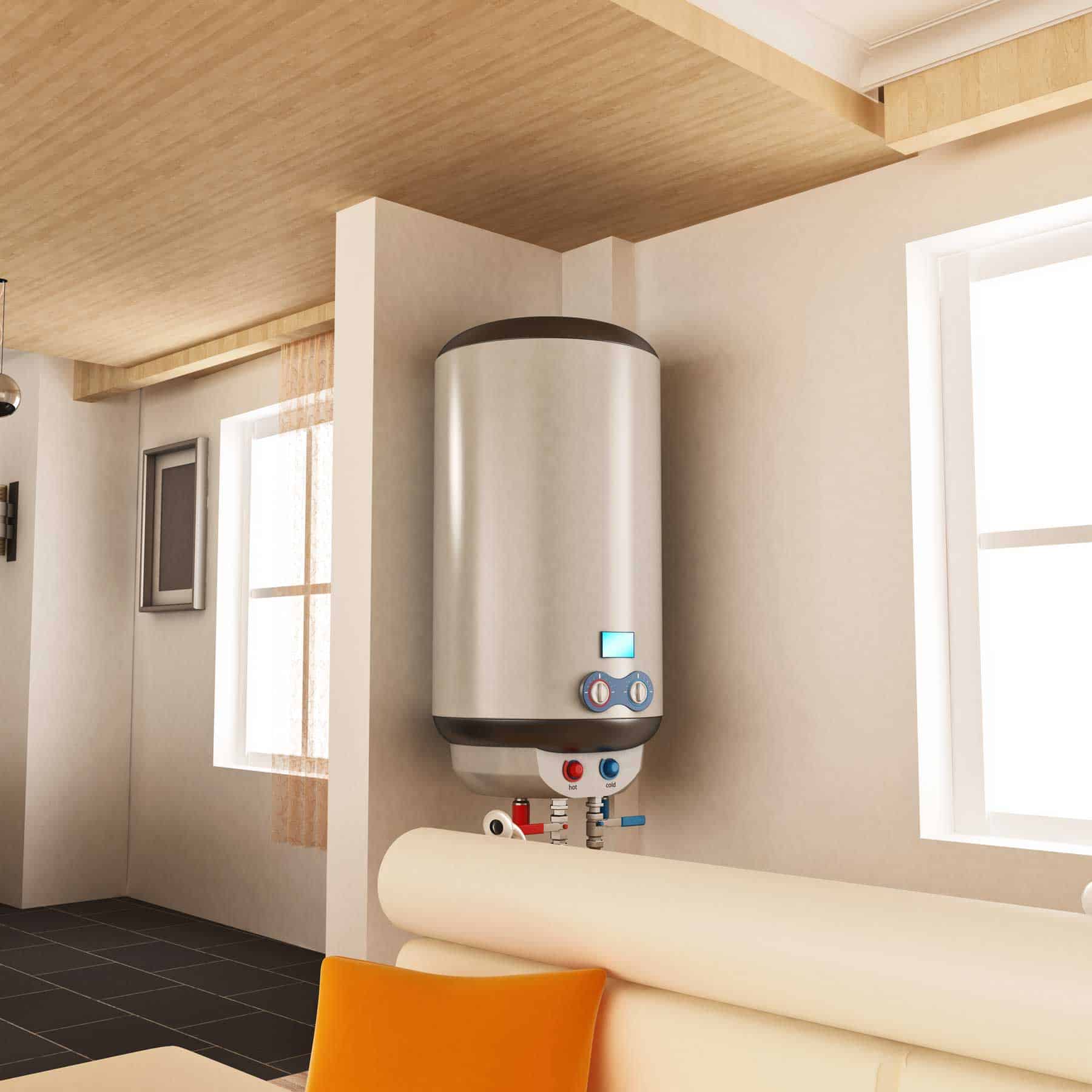Tips on How to Maintain Your Home's Hot Water System Functioning WellImportant Care Techniques for Your Home's Hot Water System
Tips on How to Maintain Your Home's Hot Water System Functioning WellImportant Care Techniques for Your Home's Hot Water System
Blog Article
What are your insights and beliefs about How to Maintain a Hot Water Heater in a Few Simple Steps?

Hot water is crucial for everyday convenience, whether it's for a rejuvenating shower or cleaning dishes. To guarantee your hot water system runs efficiently and lasts much longer, normal maintenance is vital. This article gives practical suggestions and insights on exactly how to preserve your home's warm water system to avoid disturbances and costly fixings.
Introduction
Maintaining your home's hot water system may seem overwhelming, however with a few straightforward steps, you can guarantee it operates smoothly for many years to come. This overview covers everything from comprehending your warm water system to DIY maintenance pointers and understanding when to call expert assistance.
Relevance of Maintaining Your Warm Water System
Regular maintenance not only prolongs the life-span of your hot water system however additionally ensures it operates successfully. Neglecting maintenance can cause decreased effectiveness, greater power costs, and even premature failing of the system.
Indicators Your Warm Water System Demands Maintenance
Understanding when your warm water system requires attention can stop significant issues. Look out for indications such as inconsistent water temperature, strange noises from the heating unit, or corroded water.
Recognizing Your Hot Water System
Before diving into maintenance tasks, it's practical to recognize the fundamental parts of your warm water system. Typically, this consists of the water heater itself, pipes, anode rods, and temperature controls.
Monthly Maintenance Tasks
Routine regular monthly checks can assist capture small issues before they escalate.
Flushing the Water Heater
Flushing your hot water heater eliminates debris build-up, boosting performance and lengthening its life.
Monitoring and Changing Anode Rods
Anode poles stop deterioration inside the container. Evaluating and changing them when worn is important.
Checking and Changing Temperature Level Setups
Readjusting the temperature level setups makes certain optimum efficiency and safety and security.
Do It Yourself Tips for Upkeep
You can execute several maintenance jobs yourself to keep your warm water system in top problem.
Looking for Leaks
Routinely inspect pipelines and links for leaks, as these can cause water damages and higher expenses.
Evaluating Stress Alleviation Valves
Checking the pressure relief valve guarantees it works properly and prevents too much stress accumulation.
Protecting Pipes
Protecting hot water pipes minimizes heat loss and can conserve power.
When to Call a Professional
While do it yourself upkeep is helpful, some problems require specialist know-how.
Complicated Concerns Calling For Professional Help
Examples include major leakages, electrical problems, or if your water heater is regularly underperforming.
Regular Specialist Upkeep Perks
Expert maintenance can consist of detailed examinations, tune-ups, and making sure compliance with safety criteria.
Verdict
Regular upkeep of your home's warm water system is necessary for efficiency, long life, and expense savings. By adhering to these ideas and understanding when to look for expert help, you can ensure a reliable supply of warm water without unexpected interruptions.
Water Heater Maintenance: The Basics
Maintaining your water heater will ensure it operates efficiently and has a longer lifespan. Neglecting regular maintenance can lead to costly repairs and an even bigger chunk of your savings if you have to replace it sooner than necessary. But there’s good news: Most water heater maintenance tasks are relatively simple and easy for homeowners with basic DIY skills.
Flush the Water Heater
Over time, sediment and minerals can build up in the tank, reducing its efficiency and potentially causing damage. To flush the tank, turn off the power or gas supply, attach a hose to the drain valve near the bottom and open the valve to drain the water until it runs clear. Ideally, flush the tank annually.
Replace the Anode Rod
The anode rod is a sacrificial metal rod that helps prevent corrosion inside the tank. Inspect and replace it every three to five years or per the manufacturer's recommendation. To replace the anode rod, turn off the power or gas supply, drain a few gallons of water from the tank, unscrew the old rod and replace it with a new one. If the anode rod is significantly corroded or covered in calcium buildup, it's a sign the water heater may need to be replaced soon.
Tune-Up
A yearly tune-up can help identify potential issues and ensure your water heater operates at peak efficiency. This typically involves checking the thermostat, burner assembly (for gas heaters) and any other components specified by the manufacturer. During a tune-up, the technician may also clean the burner and adjust the pilot light (for gas heaters) or examine the heating elements (for electric heaters).
How to Maintain Your Water Heater
Insulate the tank. Insulating the tank can improve energy efficiency and reduce heat loss, saving you money on energy bills. You can purchase precut insulation blankets designed specifically for water heaters or use standard fiberglass insulation wrapped securely around the tank. Check the temperature. The recommended water temperature for most households is around 120 degrees Fahrenheit (49 degrees Celsius). Higher temperatures can increase energy costs and potentially cause scalding. Use a kitchen thermometer to check the temperature at the faucet nearest the water heater. Monitor water pressure. Excessive water pressure can strain the water heater and cause leaks or even tank failure. Install a pressure-reducing valve if necessary. The ideal water pressure range is between 60 and 70 PSI (pounds per square inch). Test the temperature and pressure (T&P) relief valve. The T&P relief valve is a safety feature that releases pressure if the tank gets too hot or the pressure builds up too high. Test it annually by lifting the lever and allowing a small amount of water to release. Replace the valve if it doesn't release water or reseal properly. Check for leaks. Regularly inspect the tank, pipes and fittings for leaks or corrosion. Deal with issues promptly to prevent further damage. Even a small leak can lead to significant water damage over time. Consider a tankless water heater. If your traditional tank-style water heater is nearing the end of its lifespan ( typically 10 years), consider replacing it with a tankless water heater. These units heat water on demand, reducing standby energy losses and potentially saving you money on your energy bills. Schedule professional maintenance. While homeowners can perform many water heater maintenance tasks, it's still a good idea to schedule professional maintenance every few years. A plumber or HVAC technician can thoroughly inspect the unit, identify potential issues and ensure it operates safely and efficiently. https://www.homeserve.com/en-us/blog/home-improvement/hot-water-heater-maintanence/

I ran across that entry on How to Maintain Your Water Heater & Prolong its Life when doing a search on the search engines. In case you liked our article please make sure you remember to share it. We treasure reading our article about How to Maintain a Hot Water Heater in a Few Simple Steps.
Free Estimate Report this page